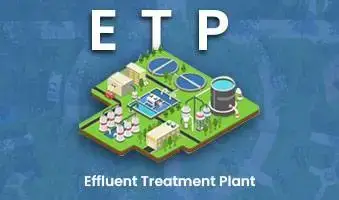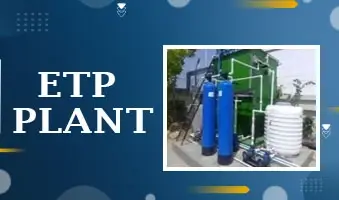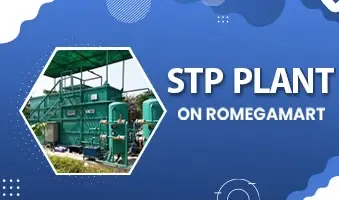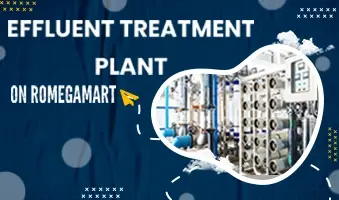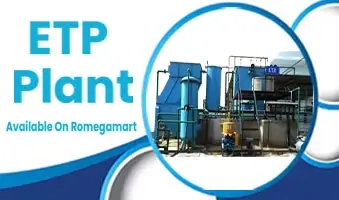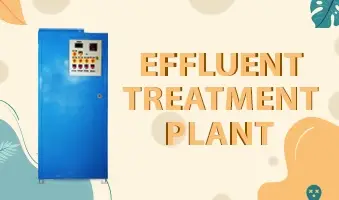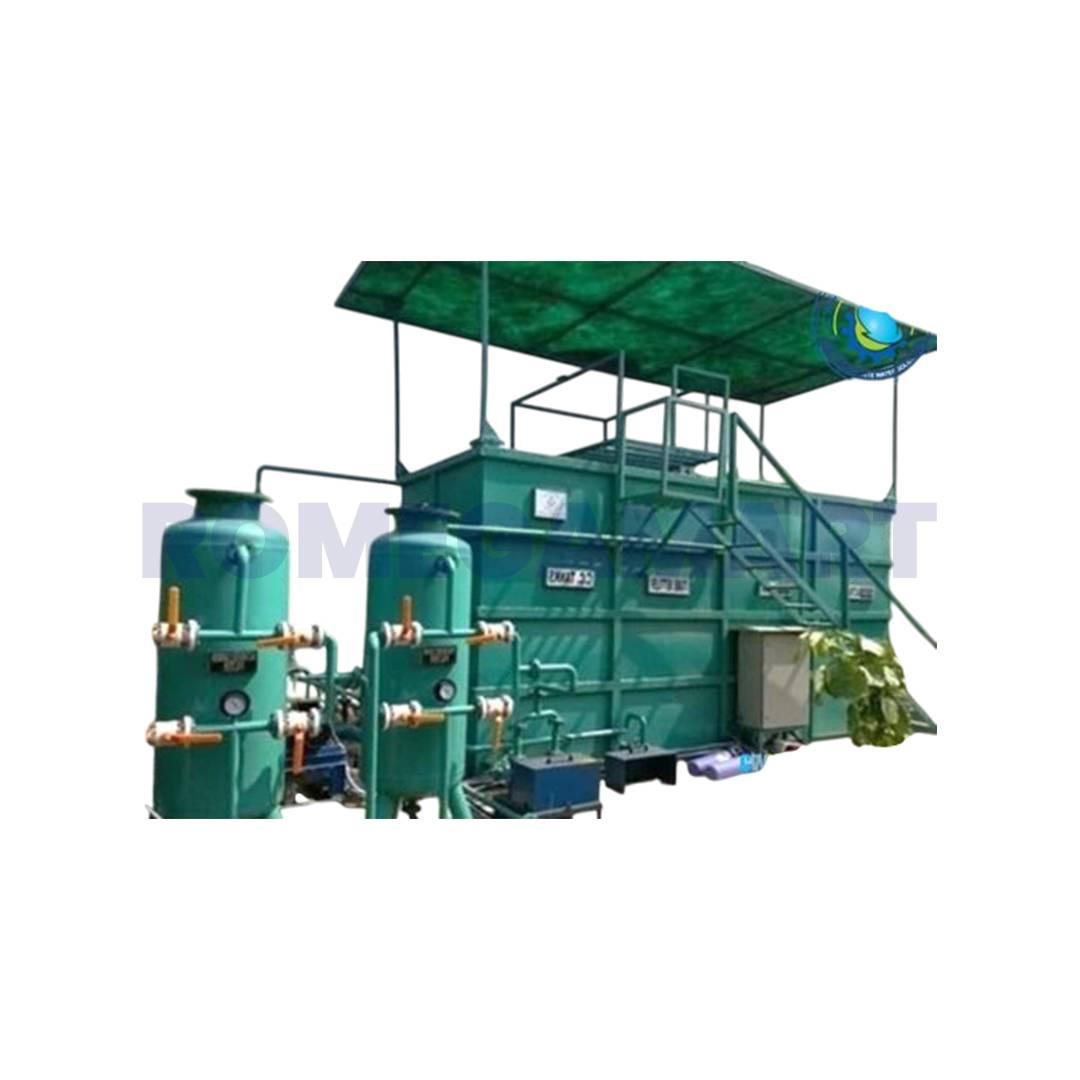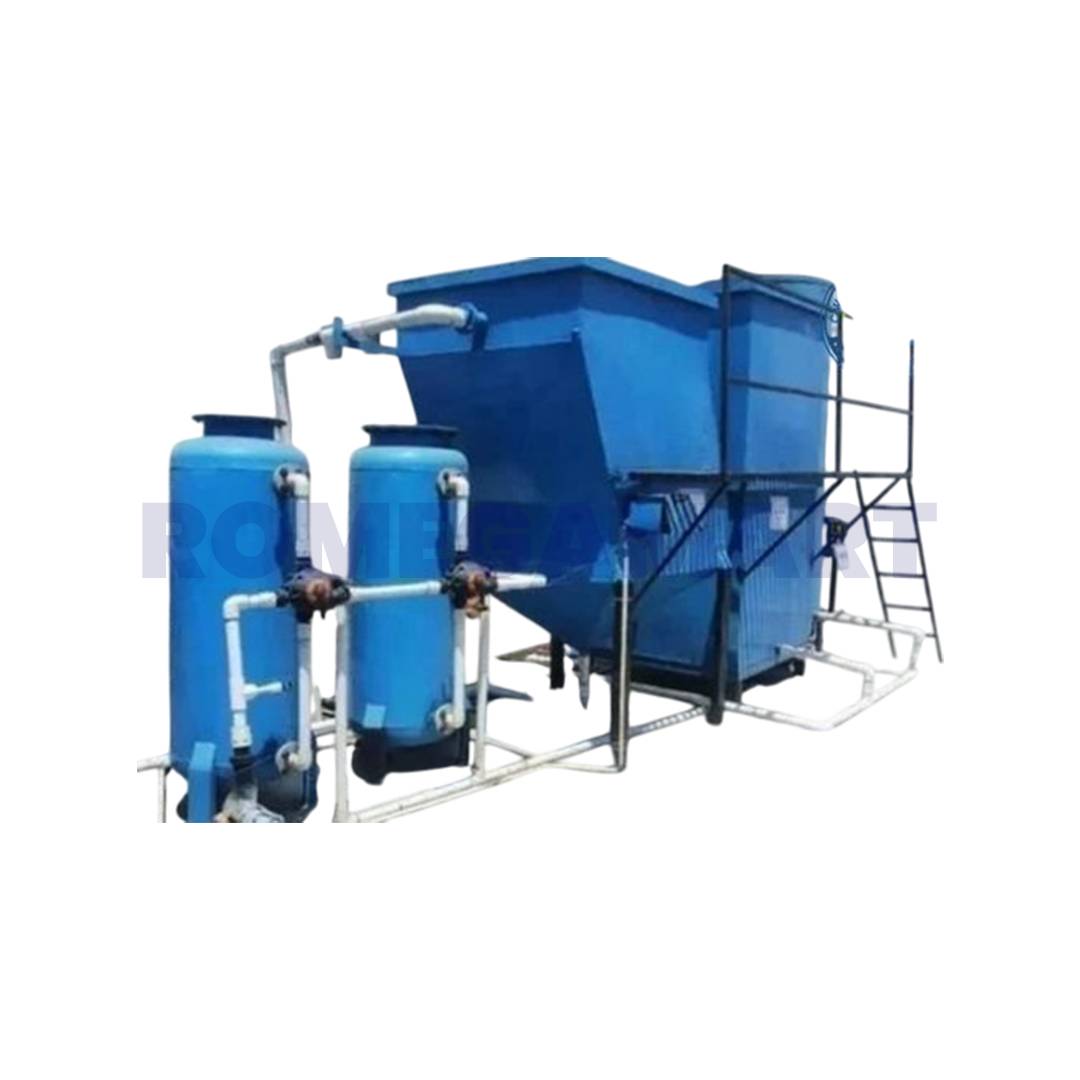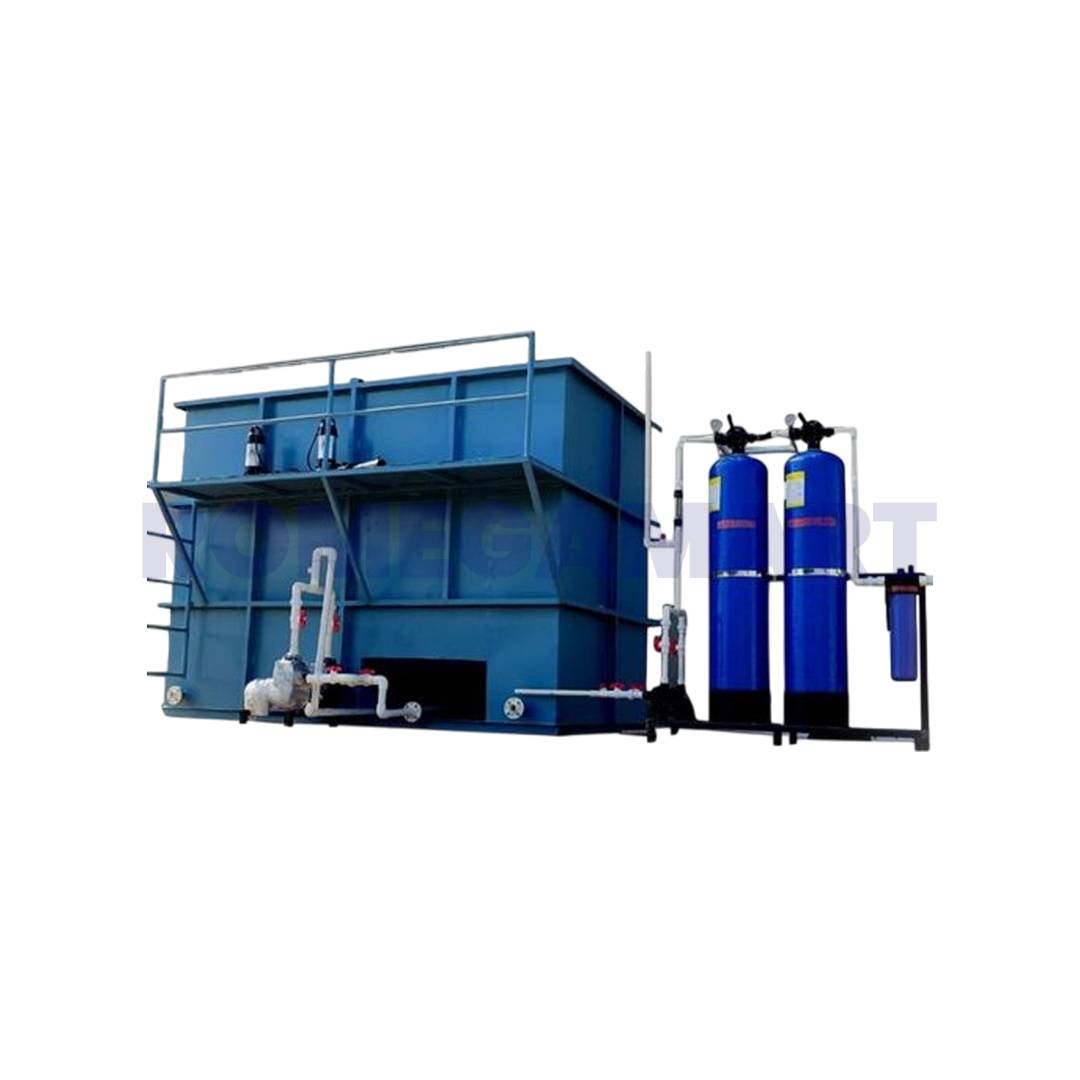ETP/STP/ZLD RO Plants in Andhra Pradesh
ETP/STP/ZLD RO Plant: A Sustainable Solution for Industrial Wastewater Treatment
Water is an essential component of every industrial process, whether in manufacturing, pharmaceuticals, textiles, chemicals, food processing, or hospitality. As industries expand, the volume of wastewater they generate also increases. If this wastewater is released without proper treatment, it can severely harm soil quality, groundwater, rivers, and aquatic life. To prevent this environmental damage, industries today rely on modern and sustainable systems such as the ETP/STP/ZLD RO Plant. These integrated systems help treat, recycle, and reuse wastewater efficiently, ensuring responsible water management and full compliance with environmental regulations.
A modern effluent treatment plant or industrial effluent treatment plant plays a crucial role in managing wastewater from factories, refineries, laboratories, and production units. Similarly, a Sewage Treatment Plant helps treat domestic wastewater from residential complexes, hotels, and commercial facilities. When combined with advanced Zero Liquid Discharge systems and RO technology, industries are able to cap their liquid waste output at zero and achieve highly efficient recycling. As concerns over water scarcity grow, these technologies have become a vital part of sustainable industrial operations.
Understanding ETP, STP, and ZLD RO Plants
An Effluent Treatment Plant (ETP) is used to treat wastewater that contains chemicals, oils, dyes, suspended solids, and other industrial pollutants. This type of waste is usually generated during manufacturing, cleaning, and processing activities. The purpose of an ETP is to safely remove harmful contaminants from wastewater so that the water can be discharged or reused in non-potable applications. Every industrial effluent treatment plant is designed according to the type of pollutants the factory produces.
A Sewage Treatment Plant (STP) works differently. It handles wastewater coming from bathrooms, canteens, kitchens, toilets, laundry areas, and other sanitary operations. STPs are essential for residential buildings, commercial spaces, malls, hospitals, and hotels. They treat organic matter, nutrients, and pathogens, making the water clean enough for gardening, landscaping, flushing, or groundwater recharge.
The Zero Liquid Discharge (ZLD) RO Plant focuses on achieving complete wastewater recycling. Using zero liquid discharge technology, industries can recover almost all the water they use. ZLD systems combine RO purification, evaporation, crystallization, and drying technologies to eliminate any liquid waste. Whatever solids remain are managed safely, while the treated water goes back into industrial processes. This type of zero liquid discharge wastewater treatment is especially valuable in areas facing water scarcity or where environmental laws demand maximum recycling.
Together, ETP, STP, and ZLD systems form a complete wastewater purification solution that supports environmental protection and ensures industries operate responsibly.
Why Industries Need an ETP/STP/ZLD RO Plant
As environmental regulations become stricter globally, industries must treat their wastewater before releasing or reusing it. A well-functioning ETP/STP/ZLD setup ensures compliance with pollution control norms, reduces environmental impact, and promotes sustainable manufacturing practices.
One of the primary reasons industries adopt these systems is regulatory compliance. Government agencies require factories to treat wastewater to specific standards before discharge. Non-compliance can result in heavy penalties or closure orders. An integrated pollution control and water recycling system ensures smooth operations without legal issues.
Water conservation is another major benefit. With freshwater becoming increasingly scarce and expensive, industries rely on a water recycling and Zero Liquid Discharge system to reduce their dependence on external water supplies. By treating and reusing their own wastewater, industries strengthen their sustainability initiatives and reduce operational costs.
Cost savings also play a key role. Although setting up an effluent treatment plant or ZLD system involves initial investment, the long-term savings from water reuse and reduced freshwater consumption make it a cost-effective choice. Over time, the reduced load on raw water purchases, fewer production disruptions, and lower waste management expenses offer significant financial advantages.
How the Treatment Process Works
An ETP/STP/ZLD RO system uses a combination of physical, chemical, and biological steps to treat wastewater. The process usually begins with primary treatment, where large solids, grit, oil, and floating particles are removed. This stage includes screening, sedimentation, skimming, and chemical coagulation.
The next stage is secondary treatment, where microorganisms break down organic pollutants. Systems such as activated sludge processes, moving bed biofilm reactors (MBBR), and sequencing batch reactors (SBR) help remove biodegradable matter and reduce harmful pathogens.
After biological purification, the water moves to tertiary treatment, which focuses on advanced filtration and polishing. Technologies such as activated carbon filters, sand filters, and UV disinfection are commonly used. In ETPs that handle chemical waste, this stage plays a critical role in removing dissolved impurities and residues.
For ZLD systems, the process continues further. Reverse osmosis removes dissolved salts and fine pollutants. Next, evaporators concentrate the wastewater further, and crystallizers convert the remaining liquid into solid waste. The water recovered from these processes is clean enough to return to industrial operations, making the cycle highly efficient.
Key Benefits of Installing an ETP/STP/ZLD RO Plant
One of the biggest advantages of these systems is their contribution to environmental sustainability. Industries reduce their pollution levels significantly by ensuring wastewater is treated thoroughly before discharge or reuse.
The systems are also cost-efficient in the long term. A modern effluent treatment plant is designed to minimize energy use, reduce chemical consumption, and provide reliable purification with low operation and maintenance costs.
Automation and smart controls ensure reliable and consistent wastewater management across factories of all sizes. Many treatment systems today include digital monitoring tools that track water quality and process conditions to ensure compliance and safety.
Another benefit is easy maintenance and long operational life. Modern plants come with corrosion-resistant components, durable membranes, and automated cleaning features that reduce downtime.
Applications Across Industrial Sectors
ETP, STP, and ZLD systems are widely used across sectors such as textiles, pharmaceuticals, chemicals, food processing, tanneries, power plants, refineries, electronics manufacturing, and commercial complexes. From removing dyes and chemicals to purifying sewage and ensuring zero discharge, these systems handle diverse waste streams efficiently.
Installation and Service Support
For any treatment plant to perform effectively, proper installation and expert servicing are essential. Partnering with a reliable manufacturer ensures customized plant design, professional installation, and ongoing maintenance. Periodic inspection, membrane cleaning, and component upgrades help keep the system in optimal condition for years.
Conclusion
The ETP/STP/ZLD RO Plant represents the future of sustainable industrial water management. It not only purifies wastewater but transforms it into reusable water, helping industries reduce pollution, save resources, and operate responsibly. Whether through an efficient industrial effluent treatment plant, a reliable Sewage Treatment Plant, or an advanced Zero Liquid Discharge system, businesses can achieve complete environmental compliance and long-term cost savings. Investing in these technologies is not just a regulatory requirement—it is a commitment to a cleaner, greener, and more sustainable future.
FAQs-
1. What is an ETP/STP/ZLD Plant?
An ETP/STP/ZLD Plant is a comprehensive wastewater treatment facility used in industries, municipalities, and commercial setups. It includes effluent treatment plant (ETP) for industrial wastewater, Sewage Treatment Plant (STP) for domestic sewage, and Zero Liquid Discharge (ZLD) systems for complete recovery and reuse of water.
2. What is an effluent treatment plant (ETP)?
An industrial effluent treatment plant treats wastewater generated from manufacturing processes. It removes harmful chemicals, suspended solids, and contaminants before releasing treated water or reusing it in the process.
3. What is a Sewage Treatment Plant (STP)?
A Sewage Treatment Plant treats domestic sewage from residential complexes, hotels, hospitals, and offices. STP removes organic pollutants, solids, and pathogens to produce safe, reusable water.
4. What is Zero Liquid Discharge (ZLD)?
Zero Liquid Discharge is a technology that ensures no wastewater is discharged into the environment. All water is recovered, treated, and reused. It is often combined with industrial effluent treatment plants for sustainable water management.
5. How does zero liquid discharge wastewater treatment work?
A zero liquid discharge wastewater treatment system involves:
-
Pre-treatment to remove suspended solids
-
RO or multi-effect evaporation to recover water
-
Crystallizers to solidify remaining salts
This zero liquid discharge technology ensures complete water recovery and minimal environmental impact.
Explore more : Water Purifier System, Industrial RO Plants, Industrial spares, Domestic Spares, etc.



